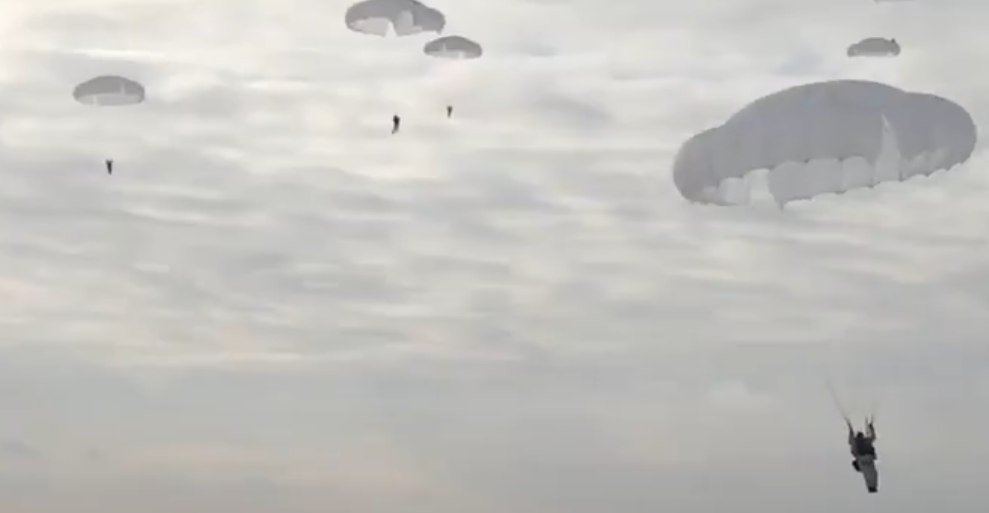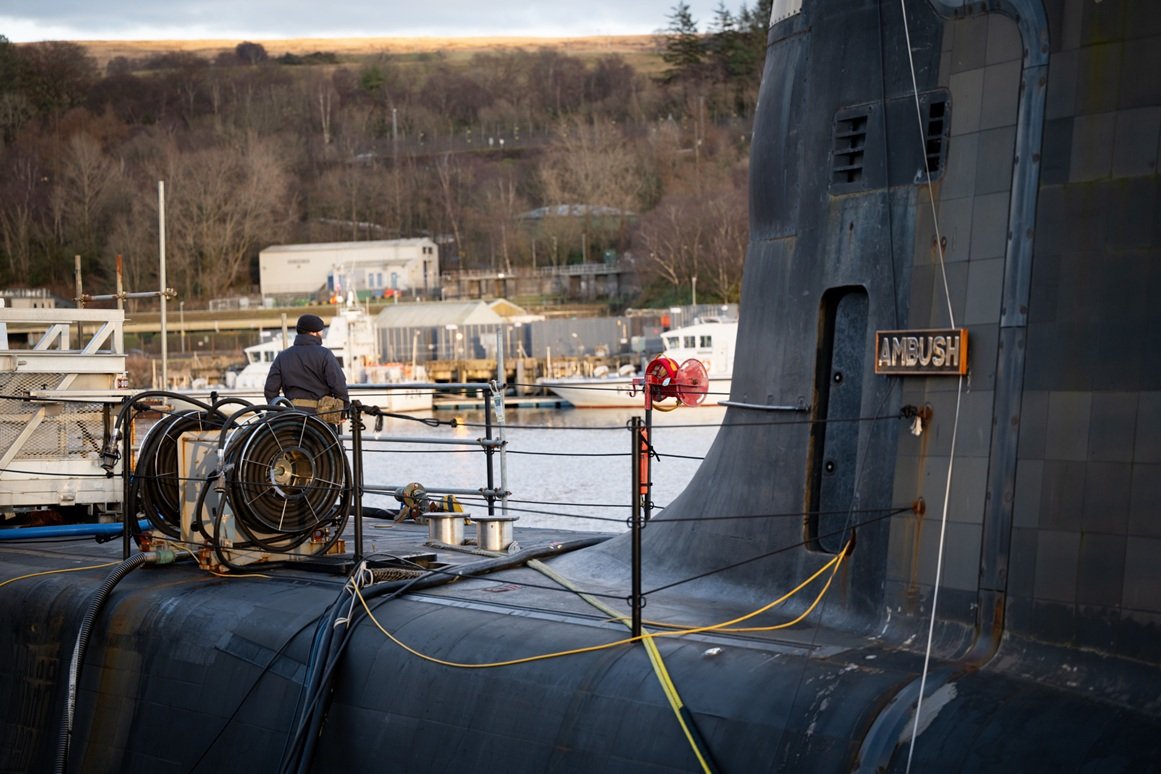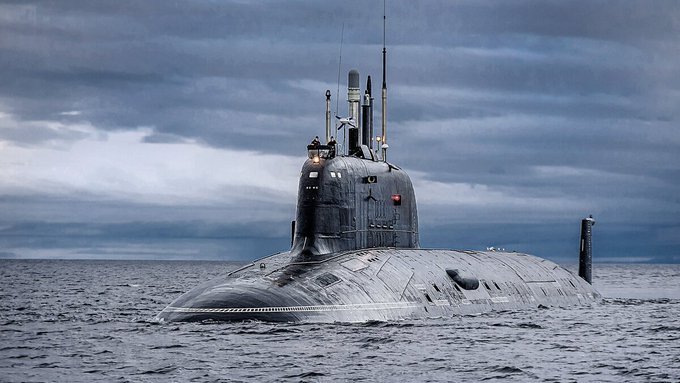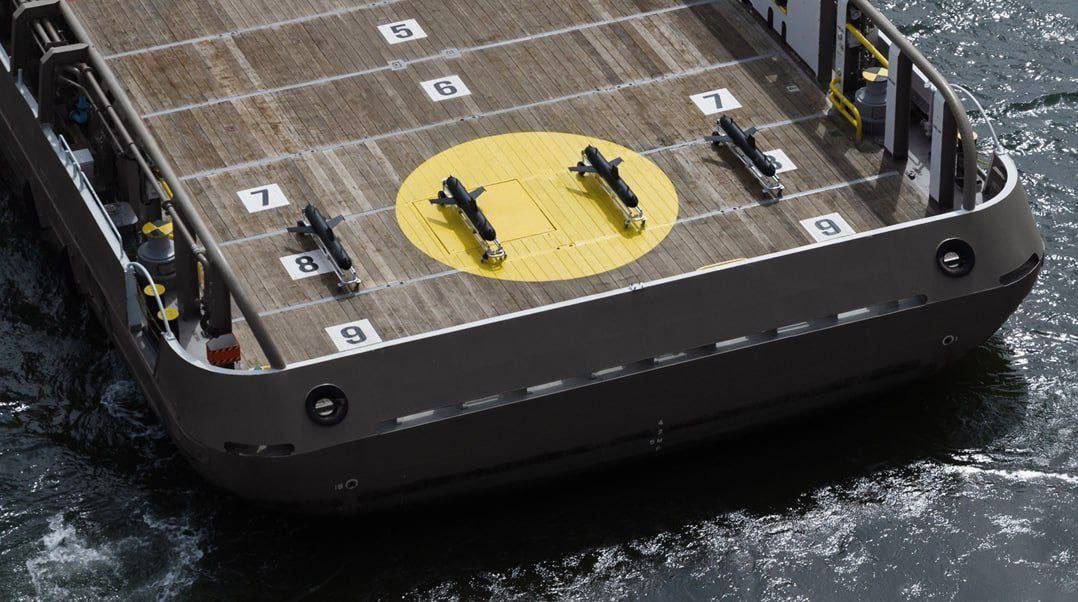
Fleet of German smart drones will block Russian submarines
Germany, May 17, 2025 – All types of submarine search can be divided into active and passive. Active can be called those when the anti-submarine forces themselves search for the ship. For example, ships with towed low-frequency emitters carry out “illumination” – the emission of low-frequency acoustic waves into the water column. These waves, reflected from the hull of even the quietest submarine, either return to the ship’s receiving acoustic antenna or are received by the sonar station (SOS) of another anti-submarine unit – for example, a submarine, an anti-submarine helicopter or a radio-sonar buoy dropped from an aircraft.
The deployment of a small number of ships with towed sonars and emitters receiving signals reflected by target submarines of other tactical units can create huge areas of so-called “acoustic illumination”. It is impossible to hide in these zones, even for a completely silent submarine. However, it is impossible to keep a large detachment of forces everywhere where enemy submarines can appear. Therefore, in addition to such active search methods, there are also passive ones, monitoring the World Ocean using bottom sonar stations.

For a long time, only the United States was engaged in this with the help of the SOSUS/IUSS system. For many years after the end of the Cold War and the collapse of the USSR, American propaganda spread rumors that the system was essentially deactivated. But the Titan bathyscaphe disaster, when the US Navy almost immediately not only announced that the bathyscaphe was destroyed by crushing the hull, but also indicated the place of the tragedy, showed that nothing was deactivated and they listened to the ocean.
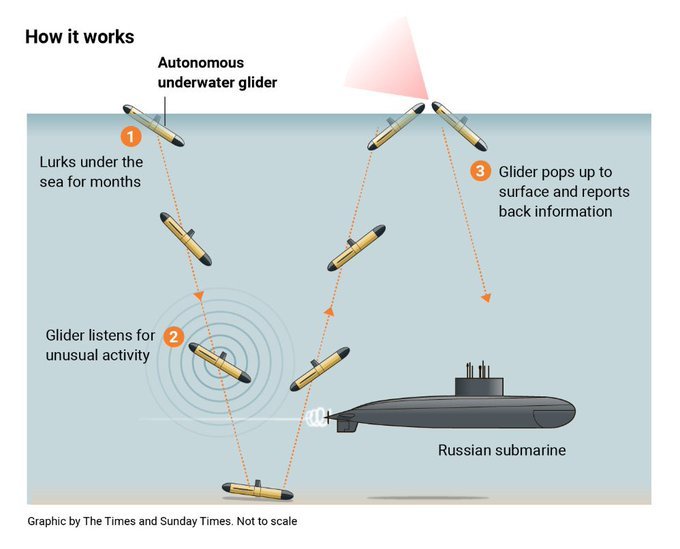
The record detection range of the submarine’s bottom hydrophone is more than 6 thousand km. This, of course, concerned old, very noisy submarines, but since then hydrophones have appeared in many places in the World Ocean, and not only American ones. Currently, for example, Norway has its own bottom stations to illuminate the underwater situation in the Norwegian and, possibly, in the Barents Sea, where the Americans also deploy their funds. In general, on the path of any Northern Fleet submarine there are several strong barriers from sonar stations – primarily near Russian bases. Then in the neighboring coastal seas, on the Faroe-Icelandic barrier, in the Nares Strait, between Canada and Greenland and along the American coast. At the same time, NATO allies exchange data on the underwater situation in real time. In the Pacific Ocean, the situation is similar, with the only difference being that there are no straits that could be covered with hydrophones, and therefore the Americans have more bottom stations deployed over the ocean itself.
It is easier to hide a surface ship, guide it through areas that are currently invisible from space and hide it from radar in commercial traffic, than a submarine – if you know the orbits of enemy reconnaissance satellites and have good speed and range, then this is quite possible. However, there are still closed seas, such as the Baltic or the Black, where no American bottom systems hear anything. In some places there are national intelligence systems, for example, there is reason to believe that Turkey has similar capabilities in the Black Sea. But firstly, they are limited, secondly, not all countries have them and not everywhere, and thirdly, Turkey will not share all the information it has. And if, for example, you need to “monitor” the situation in the Baltic Sea and the North Sea? This is where Lura comes in.
Lura is an artificial intelligence control system for underwater sensors created by the German company Helsing. The so-called gliders are used as sensors – SG-1 Fathom underwater gliders with passive, non-radiative sonars, created by the Australian company Blue Ocean Marine Tech Systems. The British press directly writes that the system is designed to hunt Russian submarines. The glider is a torpedo-shaped machine with wings that uses water and underwater currents in the same way that a flying glider uses air. The glider dives, picks up speed, and then, using its wings, rises to the surface of the water, “gaining” the loss of height due to the work of the built-in ballast tank or even the energy of the underwater current. Such devices are able to stay in the water for months, and Fathom is designed for three months of autonomy. Then it must be lifted out of the water and replaced with a new one, and after being lifted aboard, its battery must be replaced or recharged and maintained. The glider’s memory contains acoustic signals from hundreds of different vessels, ships and submarines, or unmanned underwater vehicles. Upon detection of such a sound, it should immediately surface and send information to the control center.
Already at this stage, artificial intelligence is being used, in the software in the control computer of the underwater “drone” artificial intelligence is responsible for the classification (identification) of targets. According to the developer, the glider is able to distinguish signals even from surface vessels, which is more difficult than submarines. In addition, it is able to distinguish two vessels of the same type by unique differences in acoustic signature. Previously, this required a submarine with live acoustics, and even then it was guaranteed to distinguish only submarines of the same type. As a control system, Lura uses artificial intelligence to speed up the processing and management of data received from the gliders, providing them with guidance signals and capturing information every time they reach the surface. It is claimed that the system’s artificial intelligence works 40 times faster than a human operator performing the same tasks.
The glider itself is a silent machine 195 cm long, with a hull diameter of only 28 cm and a weight of 60 kg, it has no engines and does not emit anything, the noise during its operation is minimal, neither a submarine nor a ship can detect it in a passive, non-radiating (and therefore not unmasking) sonar operation mode. A network of dozens of such gliders is capable of covering vast spaces. Today, there are no means for effective and rapid control of this fleet. Most importantly, the system tests are already nearing completion, a demonstration of the system has already been carried out at the British naval base in Portsmouth, and in the summer it is planned to release a series of prototypes of the glider in the amount of 20 pieces. And in the third quarter of this year, a shipment of the finished Lura system with a hundred gliders will already be delivered. This will be enough to guarantee the closure of the western part of the Baltic Sea for Russian submarines, and perhaps not only that.

Another strong factor is Helsing’s participation in hostilities in Ukraine. Its HX-2 Karma drone (an analogue of the Russian Lancet), also controlled by artificial intelligence and invulnerable to electronic warfare, is already being delivered to Ukraine and is being used against Russian troops. The delivery of gliders to monitor the position of Russian submarines in the Black Sea will not be a problem, and the British already have heavy quadcopters capable of carrying a small torpedo. And they may end up in Ukraine. In any case, starting this summer, the situation for Russian submarines will change for the worse. It will be interesting to see what response the Russian Navy command will come up with to this new threat.


Martin Scholz


